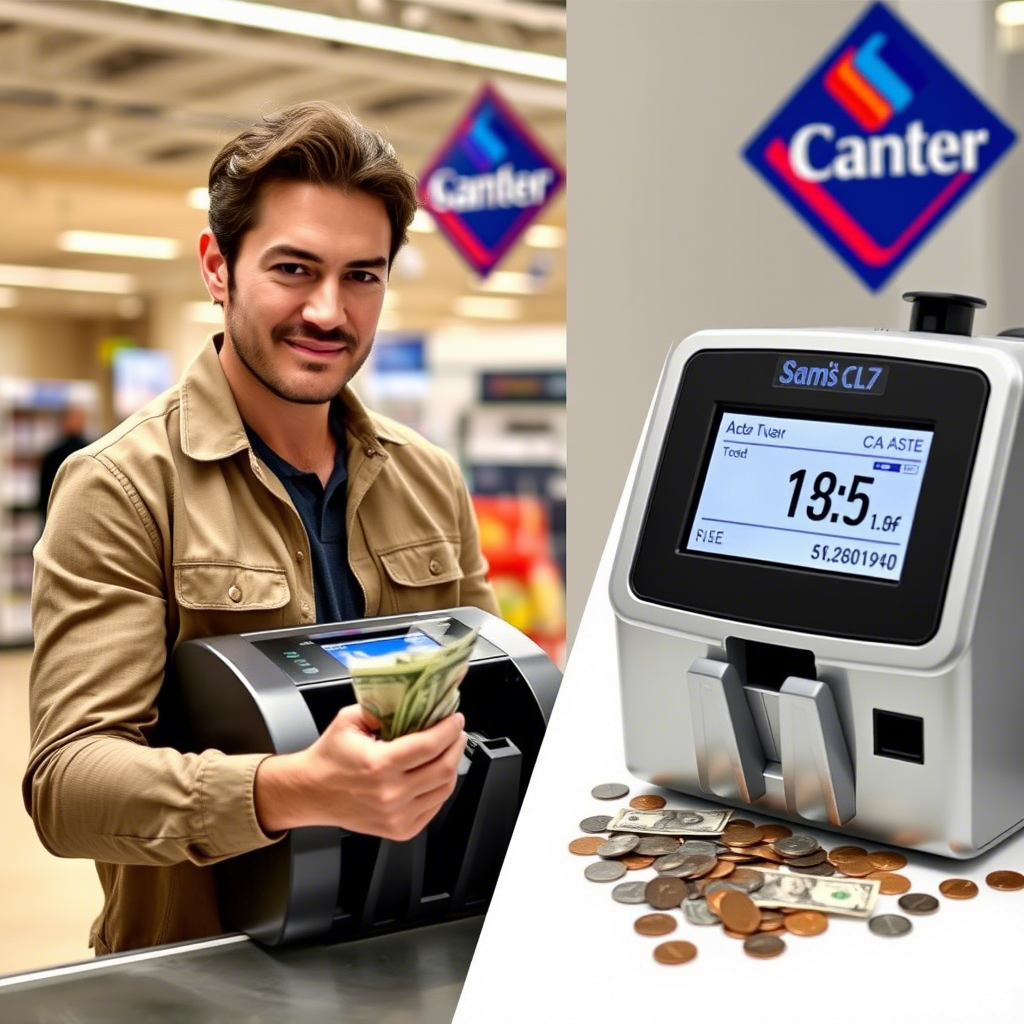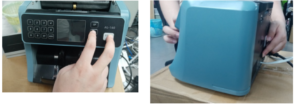Ever wondered if those money counting machines at Sam’s Club are accurate? We’re diving deep into how they work, what to expect, and whether you should trust them with your hard-earned cash. Plus, we’ll explore alternatives and tips for accurate money handling. Let’s get counting!
Okay, let’s talk about those money counting machines you see lurking near the exits at Sam’s Club. You know, the ones that promise to turn your jar of pennies and crumpled bills into a neat, countable sum. Are they worth it? Are they even accurate? Let’s break it down, no fluff, just the facts.

The Inner Workings of a Coin Counting Contraption
First off, how do these things even work? Most coin counting machines, including those you find at Sam’s Club (typically Coinstar machines, though this can vary by location), use a combination of technology and good old-fashioned mechanics. Here’s the gist:
- Coin Sorting: You dump your mixed bag of coins into a hopper. The machine then uses a rotating plate with different sized holes to sort the coins by denomination. Pennies fall through the smallest hole, nickels through the next, and so on.
- Electronic Counting: As the coins are sorted, they pass through electronic sensors. These sensors detect the size and metallic composition of each coin, allowing the machine to accurately count the number of each denomination.
- Calculation and Receipt: The machine tallies the total value of your coins and prints out a receipt. You then take this receipt to a cashier to redeem it for cash or a gift card.
Sounds simple, right? Well, it mostly is. But accuracy is the key question here.
Accuracy: The Million-Dollar (or Penny) Question
Let’s be real, no machine is perfect. Coin counting machines are generally considered pretty accurate, but they can still make mistakes. Here’s what can throw them off:
- Foreign Objects: Paper clips, buttons, washers, and other non-coin items can jam the machine or be misidentified as coins.
- Damaged or Dirty Coins: Heavily tarnished, bent, or otherwise damaged coins can confuse the sensors.
- Machine Maintenance: A poorly maintained machine is more likely to have errors. Dust, debris, and worn parts can all affect accuracy.
- User Error: Rushing the process or overloading the hopper can also lead to miscounts.
So, how accurate are we talking? Coinstar, for example, claims a high degree of accuracy, but they don’t publish exact figures. User experiences vary. Some people swear by them, while others report discrepancies. It’s always a good idea to keep an eye on the counting process and double-check the final total if you have any doubts. Consider a small test run before dumping your entire stash.
To give you a sense of real-world experiences, here’s a (hypothetical) table summarizing some user reports:
| User | Amount Counted by Machine | Estimated Actual Amount | Difference | Notes |
|---|---|---|---|---|
| Sarah M. | $45.50 | $46.00 | -$0.50 | A few pennies may have been missed. |
| John B. | $120.00 | $118.00 | +$2.00 | Possible miscount due to a foreign coin. |
| Emily L. | $8.75 | $8.75 | $0.00 | Perfectly accurate. |
| David K. | $22.30 | $21.00 | +$1.30 | Machine seemed to struggle with older pennies. |
As you can see, the results are mixed. Small discrepancies are common, but larger errors are less frequent.
The Fee Factor: Is it Worth the Convenience?
Here’s the kicker: using these machines usually comes with a fee.




